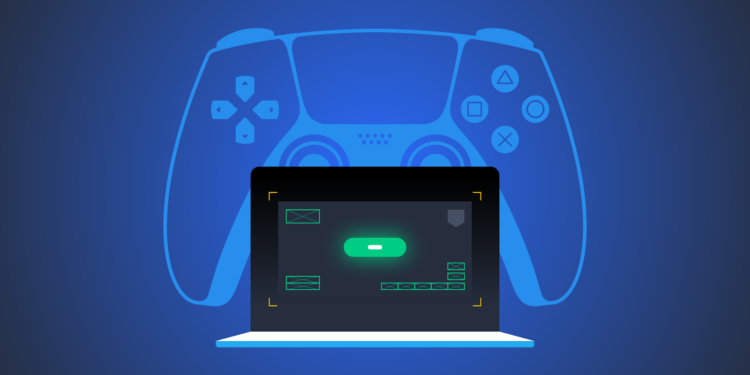In the dynamic world of gaming, user interface (UI) and user experience (UX) play vital roles in captivating players and ensuring a memorable gaming experience. Behind every visually stunning and intuitively designed game lies the expertise of a game UI/UX designer. If you’re passionate about both gaming and design, becoming a game UI/UX designer could be the perfect career path for you. This article aims to provide a comprehensive guide to help you embark on this exciting journey.
- Understand the Role:
To start your journey as a game UI/UX designer, it’s crucial to understand the fundamentals of the role. UI focuses on the visual and interactive aspects of a game, including menus, buttons, icons, and HUD elements. UX, on the other hand, focuses on the overall user experience, ensuring players have an enjoyable and intuitive journey throughout the game. Familiarize yourself with the specific challenges and responsibilities associated with each aspect.
- Develop a Passion for Gaming:
To excel as a game UI/UX designer, it’s important to have a deep passion for gaming. Immerse yourself in various genres, platforms, and play styles. Analyze and critique existing game designs to understand what works well and what could be improved. By understanding the intricacies of different games, you’ll gain valuable insights to inform your own designs.
- Hone Your Design Skills:
Building a strong foundation in design principles is essential. Develop skills in graphic design, typography, color theory, and layout design. Familiarize yourself with industry-standard design tools such as Adobe Creative Suite, Sketch, or Figma. Participate in online courses, tutorials, and workshops to continuously improve your design skills and stay updated with the latest design trends.
- Learn Game Development:
To create effective game UI/UX designs, it’s beneficial to have a basic understanding of game development. Familiarize yourself with game engines like Unity or Unreal Engine. This knowledge will enable you to collaborate effectively with game developers, understand technical constraints, and implement your designs seamlessly into the game.
- Study Human-Computer Interaction (HCI):
UI/UX design heavily relies on the principles of human-computer interaction. Study HCI concepts, usability testing methodologies, and cognitive psychology. Understand how players interact with games and how to design interfaces that enhance the gaming experience. Stay informed about emerging technologies such as virtual reality (VR) and augmented reality (AR) and their potential impact on UI/UX design.
- Build a Portfolio:
A strong portfolio is crucial for landing your first job as a game UI/UX designer. Create personal projects or contribute to indie game development teams to showcase your skills. Include a diverse range of design samples, highlighting your ability to create visually appealing and user-friendly interfaces. Regularly update your portfolio to showcase your growth and adaptability.
- Collaborate and Network:
The gaming industry thrives on collaboration and networking. Join online communities, attend industry events, and connect with fellow designers, developers, and professionals. Engage in discussions, seek feedback, and learn from experienced practitioners. Networking can open doors to exciting opportunities and help you stay informed about industry trends and job openings.
- Stay Curious and Keep Learning:
The field of game UI/UX design is ever-evolving. Embrace a mindset of continuous learning and stay curious about emerging technologies, design trends, and player preferences. Follow design blogs, read books, and participate in design challenges to enhance your skills and stay ahead of the curve.
Conclusion
Becoming a game UI/UX designer requires a combination of artistic talent, technical skills, and a deep understanding of gaming culture. By cultivating your passion for gaming, honing your design skills, and staying up-to-date with industry trends, you can embark on an exciting career path in game UI/UX design. Remember, it’s a journey that requires perseverance and continuous growth, but the rewards of crafting exceptional gaming experiences are worth every effort.
Here are some resources that can help you on your journey to becoming a game UI/UX designer:
- The Interaction Design Foundation: https://www.interaction-design.org/
- The Nielsen Norman Group: https://www.nngroup.com/
- UXPin: https://www.uxpin.com/
- GameDev.net: https://www.gamedev.net/
- GDC: https://www.gdconf.com/











